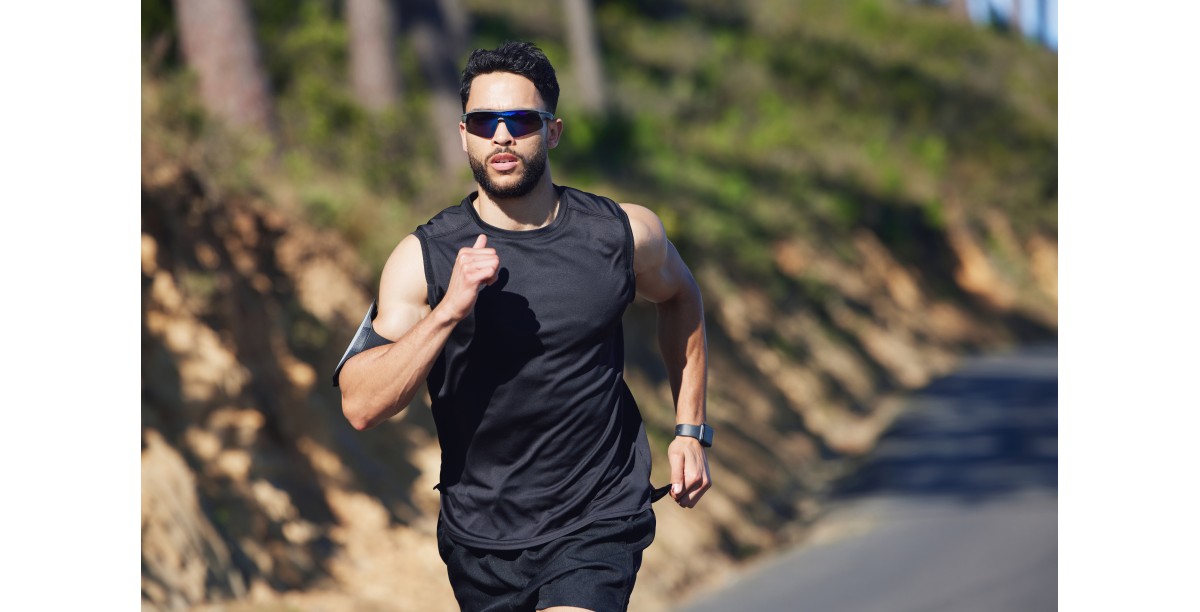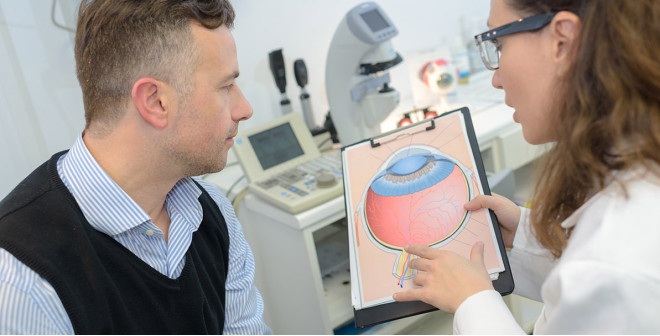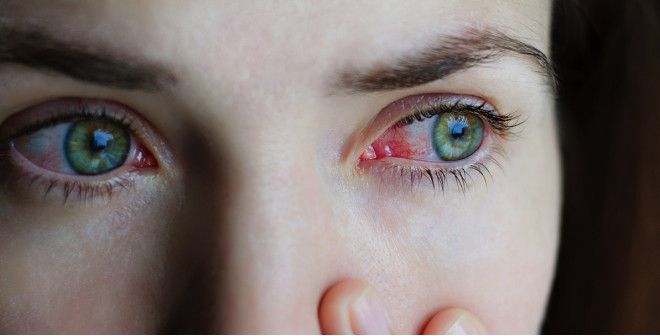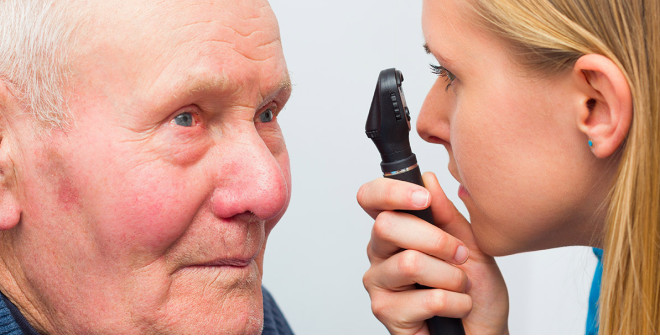 Apr 18, 2025
Apr 18, 2025
Have you ever wondered how effortlessly you react on the field, make split-second decisions, and execute perfect plays? The ability to dodge opponents, aim accurately, and coordinate movement isn’t just instinct—it’s a complex process driven by vision.
The Three Key Systems That Guide Movement
Every time you take a step or make a play, your brain relies on three essential systems to ensure smooth and precise movement:
- Vision – The primary driver of movement and coordination;
- Inner Ear Balance System – Maintains equilibrium and stability;
- Muscle and Nerve Sensation – Provides feedback on positioning and movement.
Among these, vision is the dominant system. It directs movement, helping athletes react quickly and accurately. If your vision isn’t performing at its best, neither are you.
How Vision Impacts Sports Performance
As an athlete, your visual system plays a crucial role in decision-making, reaction time, and precision. If any part of your vision is inefficient, your overall performance will suffer. Here’s a breakdown of the essential visual skills that separate good players from great ones:
- Peripheral Vision – The Awareness Zone
Peripheral vision allows you to detect movement, teammates, opponents, and obstacles without directly looking at them. Strong peripheral vision is key in fast-paced sports like basketball, soccer, or hockey, where quick awareness of your surroundings is vital.
- Central Vision – The Focus Factor
Central vision helps you lock onto a target, whether it's a ball, goal, or moving opponent. This ability ensures you can focus and track objects with clarity, a crucial skill for sports requiring hand-eye coordination.
- Peripheral-Central Integration – The Big Picture
Elite athletes seamlessly combine central and peripheral vision to judge distances, analyze plays, and predict movement. This skill is essential for accurately aiming a kick, throwing a pass, or dodging an opponent while staying aware of the entire field.
- Depth Perception – The 3D Advantage
Depth perception allows you to judge distances accurately. Your brain merges images from both eyes to determine how far an object is—whether it's a fast-approaching ball or an opponent closing in. Strong depth perception means better ball control, accurate passes, and confident play.
- Visual Scanning – The Game Plan
Athletes constantly scan the field, court, or rink to assess positioning, locate teammates, and anticipate plays. A well-trained visual system quickly picks up important details, leading to sharper decision-making.
- Eye Tracking – The Smooth Pursuit
Your eyes need to track moving objects smoothly—sometimes while you're also moving. Strong eye-tracking skills allow you to keep your head up, maintain awareness, and make accurate plays at high speeds.
Visual-Motor Integration: The Key to Coordination
Visual-Motor Integration (VMI) is the ability to coordinate visual information with body movements, allowing for precise hand-eye and foot-eye coordination. This skill is crucial in sports, where athletes must react quickly and accurately to visual cues.
- Hand-Eye Coordination
Hand-eye coordination is essential for sports requiring precise control, like baseball, tennis, basketball, and golf. Your ability to see an object, process its movement, and guide your hands to interact with it accurately depends on how well your visual system communicates with your motor system. Weakness in this area can result in mistimed swings, inaccurate throws, or missed catches.
- Foot-Eye Coordination
Sports like soccer, football, and hockey demand excellent foot-eye coordination, where your brain translates what you see into precise foot movements. Whether you're dribbling, passing, or shooting, efficient visual-motor integration allows you to react quickly and execute plays with accuracy.
What Happens If Your Vision Skills Are Weak?
If any of these visual abilities are underdeveloped, your sports performance will be compromised—without you even realizing it.
- Poor depth perception? You might mistime jumps or misjudge distances.
- Weak peripheral vision? You could miss key plays and opponents sneaking up.
- Slow eye tracking? Your reaction time might be too slow to compete at a high level.
- Poor visual-motor integration? Your hand-eye or foot-eye coordination could hold you back from executing precise movements.
At Vision One Eyecare, our Behavioural Optometrists specialize in optimizing vision for all sorts of circumstances, including sport. Through comprehensive vision testing and targeted training, we help athletes sharpen their visual skills, enhance reaction times, and improve overall performance.
Ready to Elevate Your Game?
Don’t let hidden vision problems hold you back. Book a sports vision assessment with Vision One Eyecare today and unlock your full athletic potential!
RECENT BLOG
Our team is involved with their ideas and creativity
visiononeeyecare
We are your independent and family focused Optometrist.














